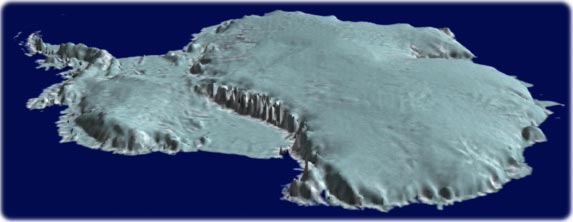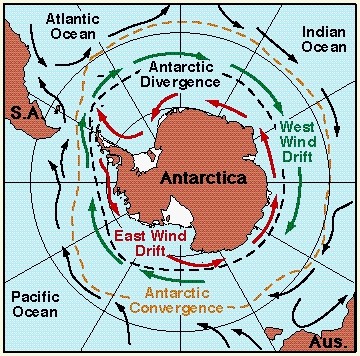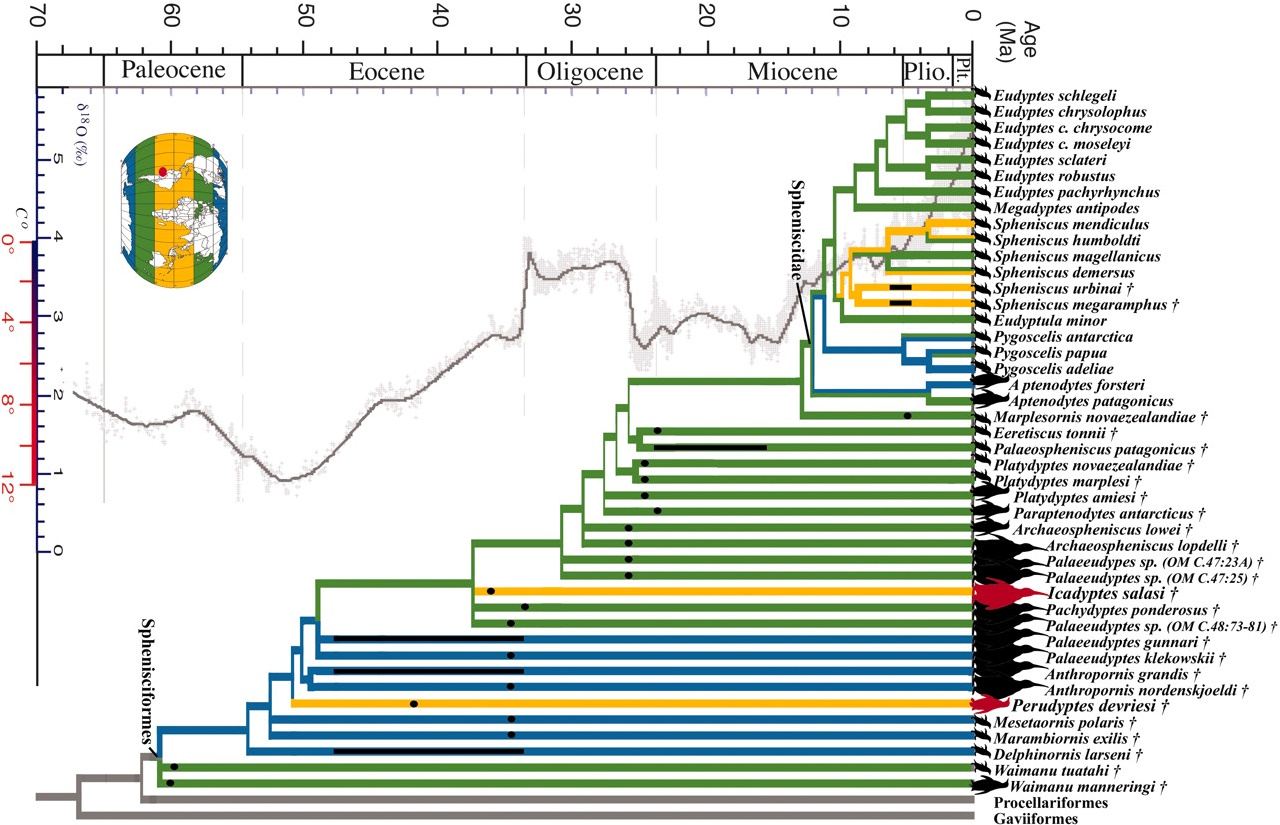These scans revealed some interesting traits of these early penguins that speak to their transitional nature. Many of these findings have to do with the sensory abilities of these fossil species. For instance, one area, the Wulst, which is associated with complex visual functions, is enlarged. "The Antarctic fossils reveal that the neuroanatomy of penguins was still evolving roughly 30 million years after the loss of aerial flight, with trends such as the expansion of the Wulst and reduction of the olfactory bulbs still in progress", said co-author Daniel Ksepka.
In addition to the increase in visual complexity, and reduction in olfaction, findings in the ear region shed light on the head position and equilibrium-maintaining abilities of the fossil penguins. All together, the findings show that these early penguins had many of the adaptations of living forms, while having a few unique traits not seen in the modern ones. Not only that, but some of these adaptations are found in modern flying birds, attesting to penguins' unique mode of swimming.
Explore further:
Emperor penguins use sea ice to rest between long foraging periods
Journal reference:
Journal of Vertebrate Paleontology


Provided by: Society of Vertebrate Paleontology
Provided by: Society of Vertebrate Paleontology




















No comments:
Post a Comment